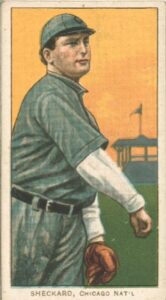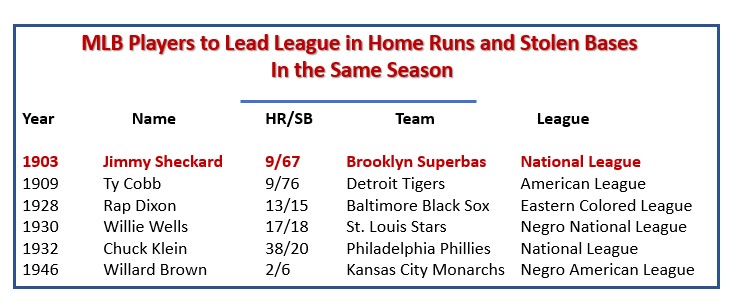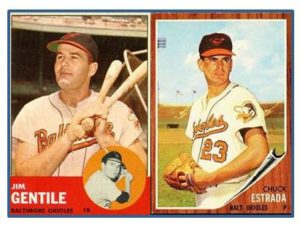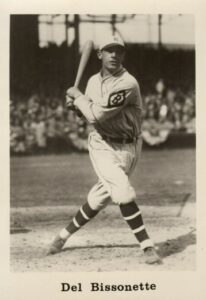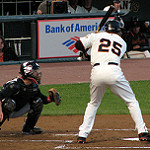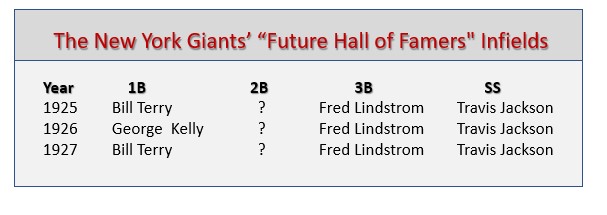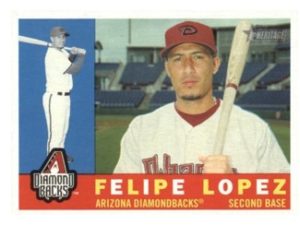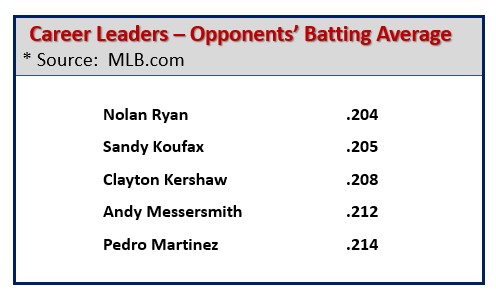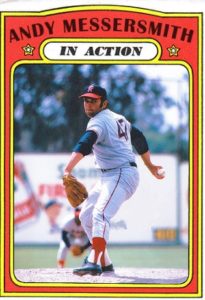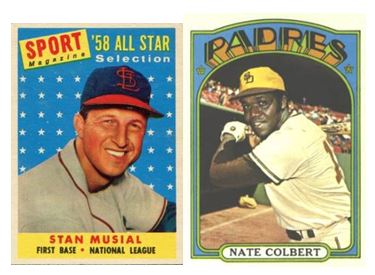Throughout the season, Baseball Roundtable will present Trivia Tidbits … in the form of a question. If you are reading this, you most likely saw the questions on Facebook or Twitter and have followed the link to this answer.
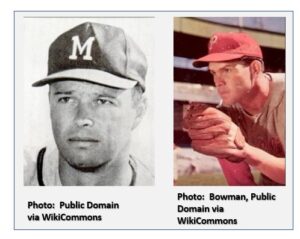 Let’s review before we get to the answer itself. Many – if not most – fans know that Hall of Fame 3B Eddie Mathews is the only player to play for the Braves in Boston, Milwaukee and Atlanta.
Let’s review before we get to the answer itself. Many – if not most – fans know that Hall of Fame 3B Eddie Mathews is the only player to play for the Braves in Boston, Milwaukee and Atlanta.
Fewer, but still a good number of fans know that Hall of Fame pitcher Robin Roberts is only pitcher to record wins against the Boston, Milwaukee and Atlanta Braves.
Probably fewer fans know that Mathews played both major- and minor-league ball in Milwaukee and Atlanta. (Milwaukee Brewers and Atlanta Crackers. (He only played in three minor-league cities – all as a teenager. )
The answer to this Trivia Tidbit – like Mathews and Roberts – has ties to both Milwaukee and the Braves.
Before we get to the question, a few other pieces of info “for those who like to know such things.” Roberts, whose career record was 286-245, 3.41, was 34-30, 3.38 in starts against the Boston/Milwaukee/Atlanta Braves. Mathews, whose career stat line was .271-512-1,453, was .323-11-30 in 56 games versus Roberts. As an 18- and 19-year-old, Mathews hit .287-38-135 in 183 gamers for the Double-A Atlanta Crackers (1950-51) and, as a 19-year-old, he hit .333-1-5 in 12 games for the Triple-A Milwaukee Brewers (1951). As a 20-year-old, he was the regular third baseman for the major-league Boston Braves.
Now, today’s question. On this date (April 12) in 1970, what player became the first of only three players to play for both the major-league Milwaukee Braves and Milwaukee Brewers? Possibly helpful hint. He also played for the Athletics in both Kansas City and Oakland. Kudos if you get this one right. Extra credit for getting all three names (One is really a “gimmee.” )
Answer. Catcher Phil Roof, who played for the Milwaukee Braves in 1961 and 1964 (one game in each season). And later, played for the Milwaukee Brewers in 1970 and 1971. (151 total games).
Roof played in 15 MLB seasons (1961, 1964-77), taking the field for the Braves, Angels, Indians, Athletics (Kansas City & Oakland), Brewers, Twins, White Sox and Blue Jays. Roof played 857 MLB games, hitting .215-43-210. His best season was probably 1975, when he hit .302-7-21 in 63 games for the Twins. It was the only season in which he averaged higher than .241.
The other two players to play for both the major-league Milwaukee Braves and Brewers had somewhat stronger credentials. Hank Aaron, who suited up for the Milwaukee Braves (1954-1965) and Milwaukee Brewers (1975-76) and Felipe Alou, who took the field for the Milwaukee Braves (1964-65) and Milwaukee Brewers (1974).
Primary Resources: Baseball-Reference.com; MLB.com
Baseball Roundtable – Blogging Baseball Since 2012.

 Baseball Roundtable is on the Feedspot list of the Top 100 Baseball Blogs. To see the full list, click here.
Baseball Roundtable is on the Feedspot list of the Top 100 Baseball Blogs. To see the full list, click here.
Baseball Roundtable is also on the Anytime Baseball Supply Top 66 Baseball Sites list. For the full list, click here.
I tweet (on X) baseball @DavidBaseballRT
Follow/Like Baseball Roundtable’s Facebook Page here. More baseball commentary; blog post notifications; PRIZES.
Member: Society for American Baseball Research (SABR); Negro Leagues Baseball Museum; The Baseball Reliquary.
